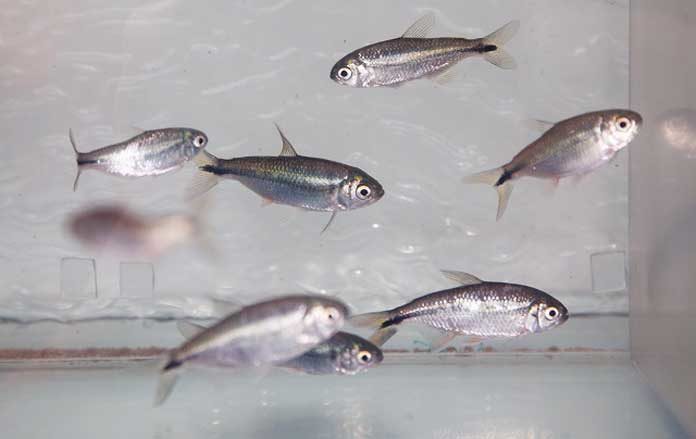A surprising discovery by the British Heart Foundation suggests that Mexican tetra fish can repair its heart after damage. In particular, a gene called lrrc10 may hold the key to this fish’s remarkable ability.
Almost 1.5 million years ago, Mexican tetra fish were washed into caves due to flood water. When the flood becomes less frequent, it created the perfect environment for different members of the same species to adapt and evolve to suit their different habitats- the river and the caves. Though, the river fish have retained their ability to repair their heart tissue. But, fish in the cave lost amazing ability: their color and ability to see.
Dr Mathilda Mommersteeg and her group at the University of Oxford thought compared the genetic code of the river fish to that of the blind cave fish give to find what special mechanisms are required for heart repair. They discovered three regions of the fish genome were embroiled in the fish’s ability to repair their hearts.
Lrrc10 is already linked to a heart condition called dilated cardiomyopathy (DCM) in people. The researchers went on to study the effect of this gene in the zebrafish, another fish which has the remarkable ability to heal its own heart. When the team inactivated the lrrc10 gene in zebrafish they saw that the fish could no-longer fully repair their hearts.
From fish to humans
According to scientists, unlocking the secrets of these remarkable fish could heal human hearts in the same way.
Professor Metin Avkiran, Associate Medical Director at the British Heart Foundation, said, “These remarkable findings show how much there is still to learn from the rich tapestry of the natural world. It’s particularly interesting that the ability of the river fish to regenerate its heart may arise from an ability to suppress scar formation. We now need to determine if we can exploit similar mechanisms to repair damaged human hearts.”
“Survival rates for heart failure have barely changed over the last 20 years, and life expectancy is worse than for many cancers. Breakthroughs are desperately needed to ease the devastation caused by this dreadful condition.”
Dr Mathilda Mommersteeg, Associate Professor of Developmental and Regenerative Medicine at the University of Oxford, who led the research, said:
“A real challenge until now was comparing heart damage and repair in fish with what we see in humans. But by looking at river fish and cavefish side by side, we’ve been able to pick apart the genes responsible for heart regeneration.”
“Heart failure is a cruel and debilitating illness that more than half a million people across the UK are living with. It’s early days but we’re incredibly excited about these remarkable fish and the potential to change the lives of people with damaged hearts.”
The study is published in the journal Cell Reports.
